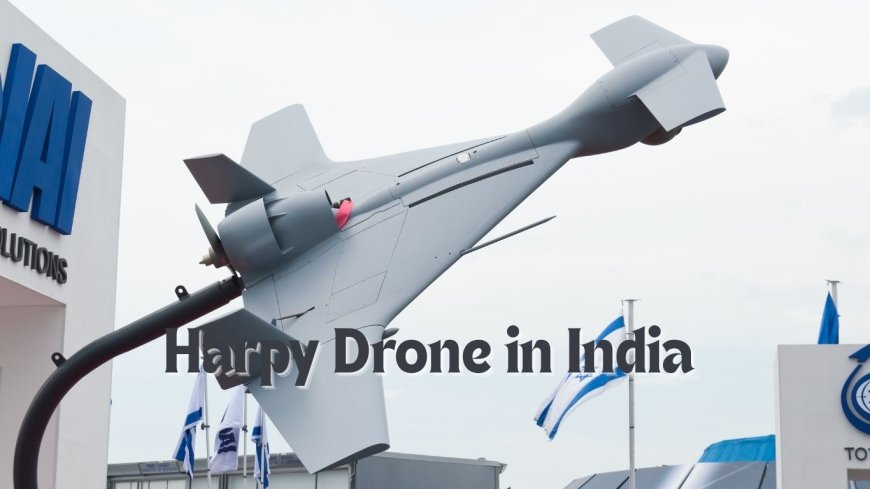Harpy Drone in India: Pricing, Specifications, and Strategic Significance

The Harpy drone, developed by Israel Aerospace Industries (IAI), is a loitering munition designed to neutralize enemy radar systems. In India, the Harpy has been a pivotal asset in enhancing the Indian Air Force's (IAF) capabilities, particularly in Suppression of Enemy Air Defences (SEAD) operations. This article delves into the pricing, specifications, and strategic importance of the Harpy drone in the Indian context.
Harpy Drone: Overview and Specifications
The Harpy is an autonomous loitering munition that targets and destroys hostile radar systems. It is equipped with a high-explosive warhead and is optimized for SEAD missions. The drone's design allows it to loiter over enemy territory, identify radar emissions, and strike with precision.
Specifications:
-
Warhead: 16 kg high-explosive
-
Endurance: Approximately 9 hours
-
Communication Range: Up to 200 km
-
Launch Platform: Ground-based vehicle
-
Guidance System: Electro-optical and anti-radiation homing
-
Operational Use: Day and night operations in all weather conditions
Pricing of Harpy Drone in India
The cost of the Harpy drone varies based on the procurement agreements and the number of units purchased. While specific figures are often classified, it is known that India has invested significantly in acquiring these systems to bolster its defense capabilities.
Estimated Pricing:
| Drone Model | Estimated Cost (USD) | Estimated Cost (INR) |
|---|---|---|
| Harpy | $55 million (for a batch) | ₹400 crore (approx.) |
Strategic Importance of Harpy Drone in India
The Harpy drone plays a crucial role in India's defense strategy, particularly in countering adversary air defense systems. Its ability to autonomously detect and destroy radar installations makes it an invaluable asset in modern warfare.
Strategic Advantages:
-
Enhanced SEAD Capabilities: The Harpy's primary function is to neutralize enemy radar systems, thereby crippling their air defense networks.
-
Autonomous Operations: Its autonomous nature allows for rapid deployment and execution of missions without the need for constant human intervention.
-
Cost-Effective: Compared to traditional manned missions, the Harpy offers a cost-effective solution for high-risk operations.
-
Integration with Other Systems: The Harpy can be integrated with other unmanned systems, such as the Harop, to create a comprehensive loitering munition strategy.
Deployment in Indian Armed Forces:
The Indian Air Force has inducted the Harpy drone into its fleet to enhance its offensive and defensive capabilities. The drone's deployment has been instrumental in various operations, providing the IAF with a strategic edge in electronic warfare.
Conclusion
The Harpy drone stands as a testament to India's commitment to modernizing its defense arsenal. With its advanced capabilities and strategic significance, the Harpy continues to play a pivotal role in enhancing India's defense preparedness. As defense technologies evolve, the integration of such advanced systems ensures that India remains at the forefront of modern warfare strategies.





























